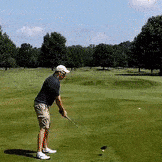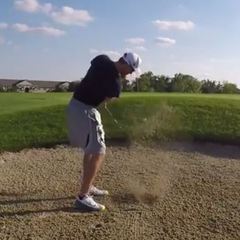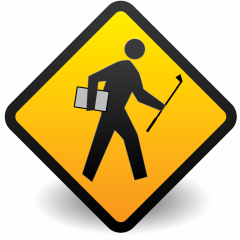IGNORED
Bunker Rake question
Note: This thread is 4642 days old. We appreciate that you found this thread instead of starting a new one, but if you plan to post here please make sure it's still relevant. If not, please start a new topic. Thank you!
-
Topics Being Discussed Right Now on The Sand Trap
-
- 9 replies
- 219 views
-
- 0 replies
- 30 views
-
- 9,113 replies
- 493,932 views
-
- 13 replies
- 587 views
-
- 216 replies
- 38,223 views
-







Recommended Posts
Create an account or sign in to comment
You need to be a member in order to leave a comment
Create an account
Sign up for a new account in our community. It's easy!
Register a new accountSign in
Already have an account? Sign in here.
Sign In Now